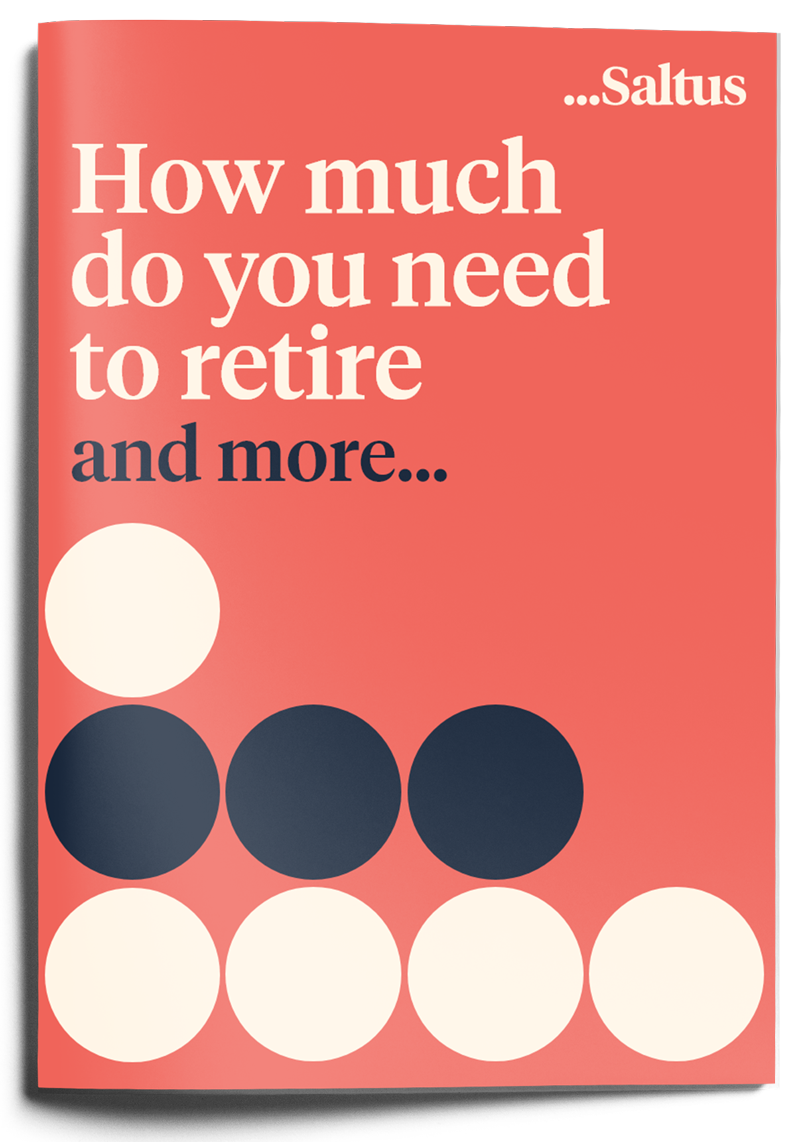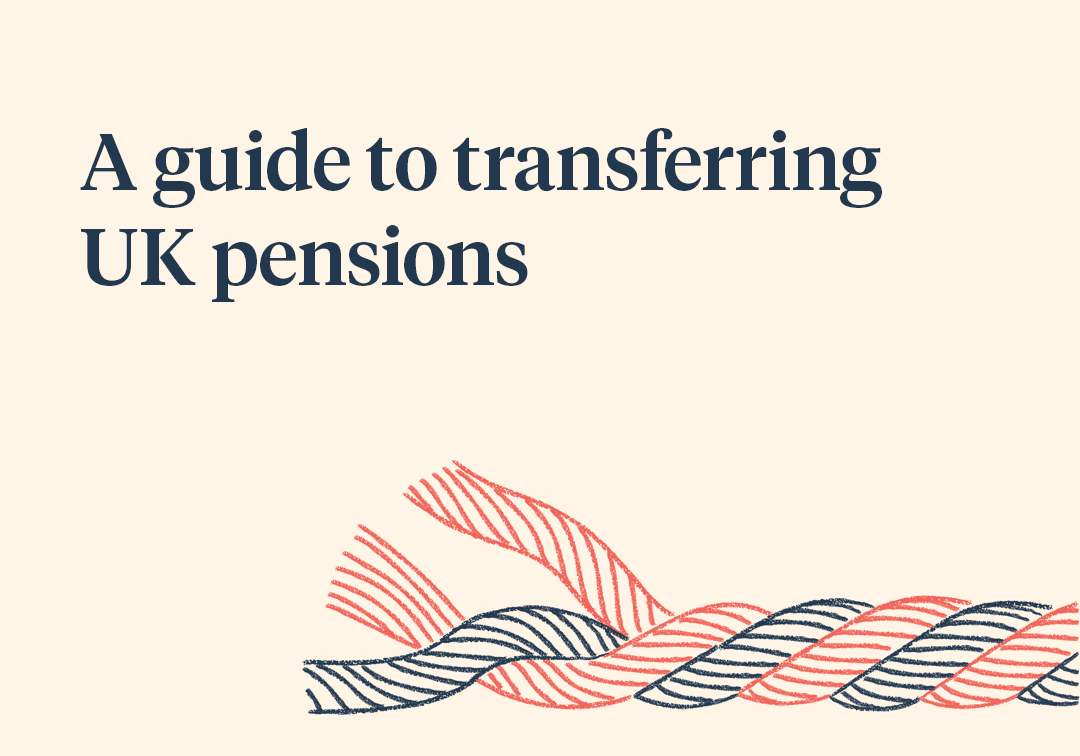If you happened to catch my previous article in January on gifting [1] you will have read that on death your estate must be assessed by HMRC to see if any inheritance tax (IHT) is due.
Your estate might be made up of things such as cash, investments, land, antiques, or art, but for most people the largest asset they own will be their home.
IHT is currently payable at a rate of 40% on the amount that exceeds the main tax-free allowance (or ‘threshold’) available to individuals which is commonly known as the ‘nil rate band’ (NRB).
The NRB has remained at £325,000 since 2009 [2] and it is not set to be reviewed until 2030. Given the rises in inflation and the rising cost of property over the years, this has increased the possibility that more people than ever will be paying IHT.
The government recognised this and so to help individuals and families leave more of their wealth to their descendants they created an additional threshold known as the Residence Nil Rate Band (RNRB). This came into force on 6 April 2017 and the current maximum amount of RNRB available to an estate is £175,000 per person. It is available when a property is left to direct descendants.
It is also possible to transfer any unused NRB or RNRB on death, but you must have been either married or in a civil partnership to be able to do so. They cannot be transferred if you were simply long-term life partners or were in a long-term relationship.





